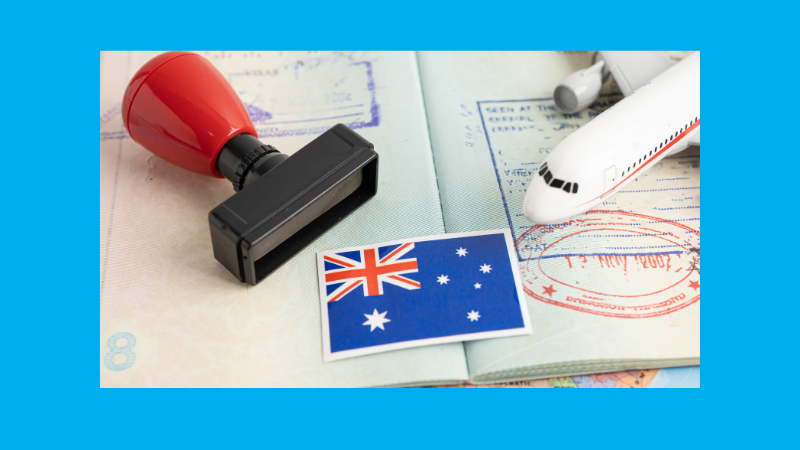
Migration Myth #2: You Can Simply Choose an Sponsored Visa
Many aspiring Australian migrant nurses are swept up in the thought that getting an employer-sponsored visa is easy ...
Are you a skilled professional dreaming of working in Australia? Employer-sponsored visas could be your ticket to making that dream a reality. These visas offer opportunities for skilled workers to live and work in Australia temporarily or permanently, sponsored by an Australian employer.
Let's delve into the key visa types and steps involved in securing employer-sponsored visas in Australia:
Subclass 482 Skills in Demand (SID) Visa:
-
This visa allows skilled workers to work in Australia temporarily. To be eligible, you must have an eligible occupation, a valid job offer from an approved sponsor, and meet the relevant registration and skills assessment and English language requirements. The visa is typically granted for up to 2-4 years and can be renewed.
-
This is the most common visa employers sponsor people on in the first instance.
Subclass 186 Employer Nomination Scheme (ENS) Visa:
-
The ENS visa is a permanent residency visa that allows skilled workers nominated by an Australian employer to live and work permanently in Australia. To be eligible, you must have an eligible occupation, be nominated by an approved employer, and meet the relevant skills and English language requirements, and be under 45 years of age.
Subclass 494 Skilled Employer Sponsored Regional (Provisional) Visa:
-
The ENS visa is a permanent residency visa that allows skilled workers nominated by an Australian employer to live and work permanently in Australia. To be eligible, you must have an eligible occupation, be nominated by an approved employer, and meet the relevant skills and English language requirements, and be under 45 years of age
Subclass 494 Skilled Employer Sponsored Regional (Provisional) Visa:
-
The visa is aimed at addressing labour shortages in regional areas, the Subclass 494 visa allows skilled workers to live and work in regional Australia for up to 5 years. To be eligible, you must have a valid job offer from an employer in a designated regional area, meet the registration and skills assessment and English language requirements, and be under 45 years of age.
-
It's worth noting that after only 3 years, you are eligible to transition to the Subclass 191 visa, which grants permanent residency independent of any further sponsorship requirements.
It's important to note that securing employer sponsorship in Australia involves several steps and requirements:
Registration with AHPRA
Skills Assessment by ANMAC
English Language Competency
Sponsorship and Nomination Processes
Seeking Legal Advice
Conclusion
In summary, employer-sponsored visas offer a pathway for skilled professionals to build a career and settle in Australia. By understanding the visa requirements and seeking expert guidance, you can navigate the process with confidence and maximise your chances of success. Ready to take the next step? Reach out to SOLVi Migration for personalised advice and support on your visa journey.

✅ If you haven’t yet started your AHPRA registration, join our Nurse Registration Course.
It’s the most supportive, clear, and cost-effective way to navigate the AHPRA process, with access to our online community and expert guidance.





